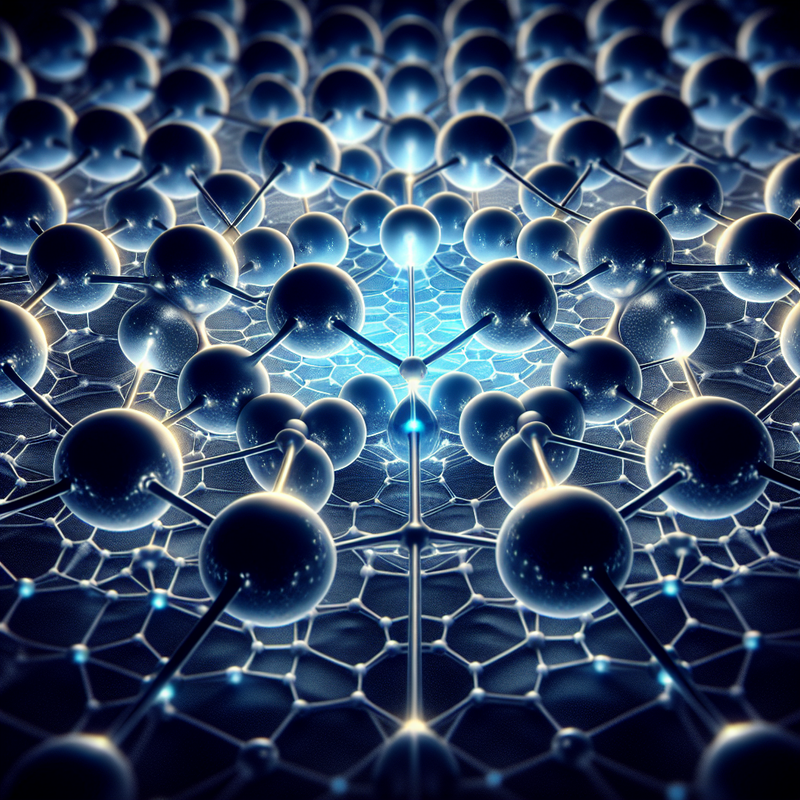A significant discovery has emerged from the realm of quantum physics
with a recent study conducted by the MIT physics department revealing that graphene’s electrons can carry fractional electric charges. This new insight, known as the “fractional quantum anomalous Hall effect,” overturns the conventional wisdom in quantum science, showing that in a unique quantum state, electron charges can divide into smaller parts without the presence of an external magnetic field.
Expanding Horizons in Quantum Research
Originating from the laboratory of Assistant Professor Long Ju at MIT, the study observed atypical electron activities in pentalayer graphene, which consists of five stacked layers of graphene on a base of boron nitride. The increasing curiosity in this domain was further fueled by Professor Pablo Jarillo-Herrero’s prior experiments with the intriguing properties of “magic-angle graphene” stacks, which hinted at the possibility of exotic electronic phenomena in these two-dimensional materials.
An explanation for this unexpected electron behavior comes from a theoretical study formulated under the guidance of MIT Professor Senthil Todadri and included contributions from doctoral student Zhihuan Dong and ex-postdoctoral researcher Adarsh Patri, with findings detailed in the journal Physical Review Letters. The MIT group developed a theoretical model in which the electrons in graphene self-organize into a crystalline pattern that allows the charge to fractionalize.
Noting the significance of this discovery, Professor Todadri stated, “For the first time in many years, we’re seeing a new class of fractional electron phenomena emerge.” The MIT team’s theoretical models suggest intricate quantum interplay between the electrons within the crystal structure leads to these modern research breakthroughs.
Unexpectedly, Long Ju’s empirical data clashed with Todadri’s initial theoretical projections, challenging established assumptions and necessitating the development of an alternative theoretical paradigm. “Long’s experimental data led us to realize there were flaws in our original model,” said Todadri. The researchers then successfully integrated the concept of electron-to-electron interaction into their model to align theory with experiment.
Parallel findings from research groups at prestigious institutions like Johns Hopkins University, Harvard University, University of California at Berkeley, and Lawrence Berkeley National Laboratory also support this advancement in electron research, reinforcing its prominence, as demonstrated in publications such as Physical Review Letters.
With financial backing from both the National Science Foundation and the Simons Foundation, the research has sparked considerable excitement in the physics community and is considered a stepping-stone to more advanced experiments and theoretical investigation.
Looking to the horizon, Todadri is optimistic, expressing that, “In the near future, this discovery lays the groundwork not only for comprehending the unusual electron fractions seen in pentalayer graphene but also extends to envisioning new materials featuring comparable quantum characteristics.”
This breakthrough has brought forth a wealth of intriguing questions and the potential for revolutionary technological applications, particularly in the realms of electronics and nanotechnology, signaling the start of an exciting era in quantum physics and material sciences.
















